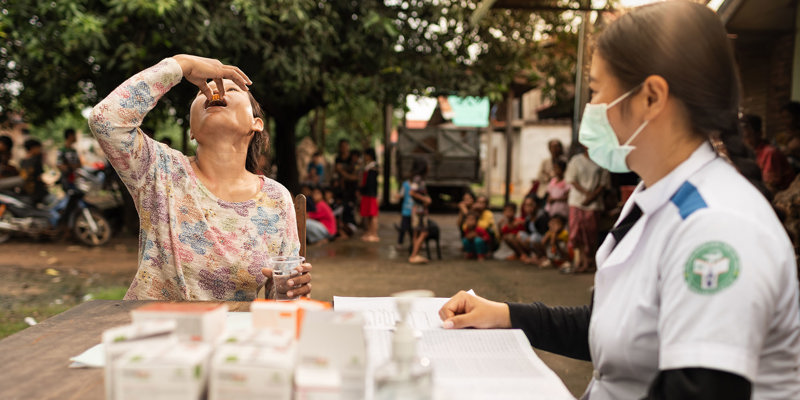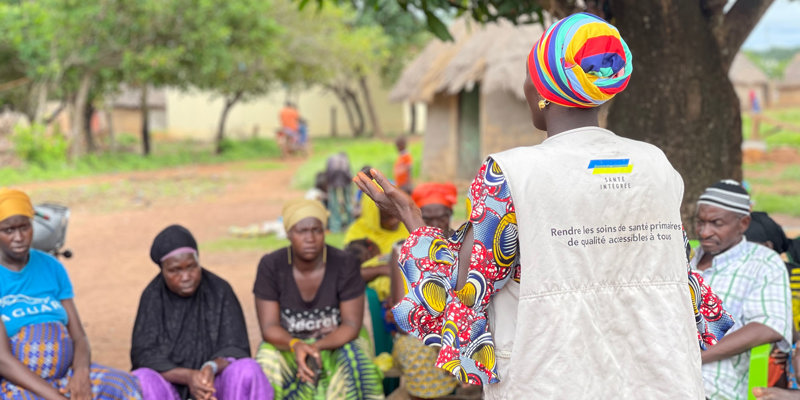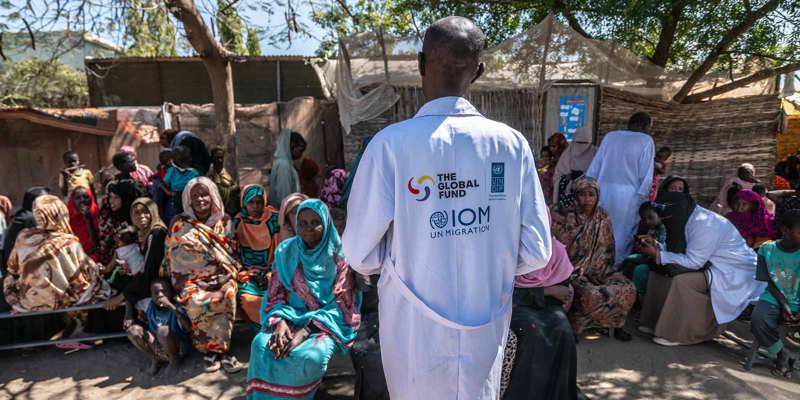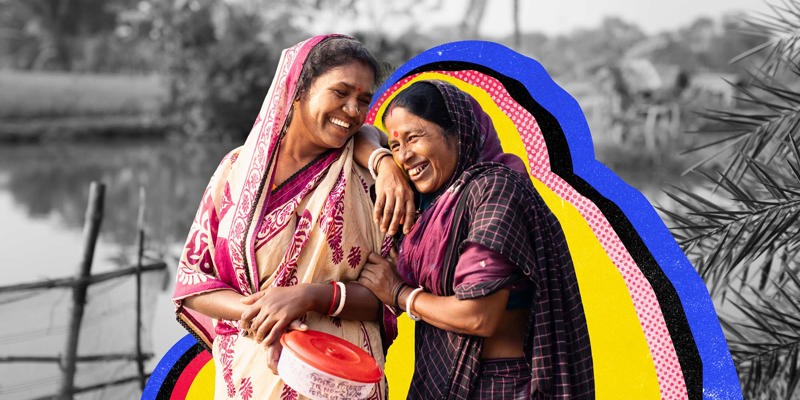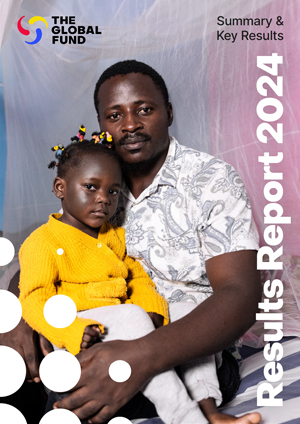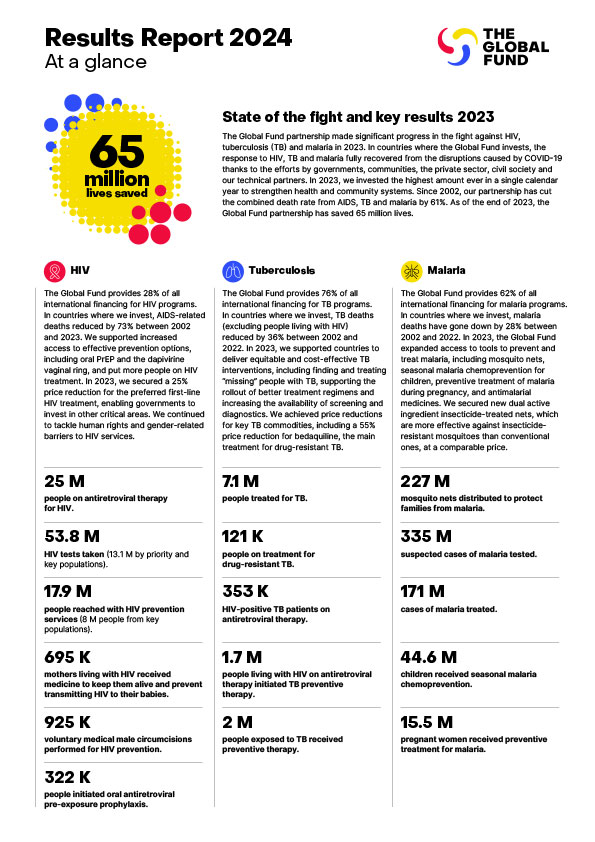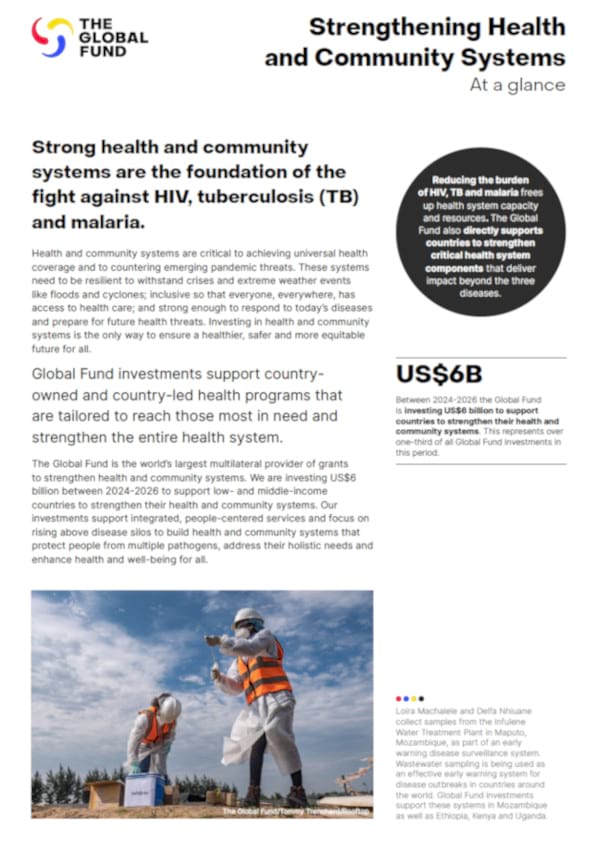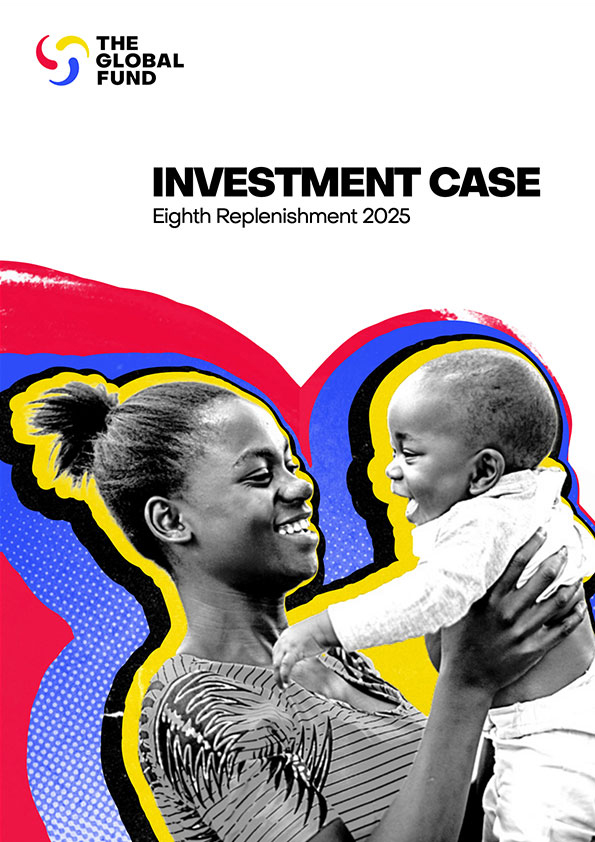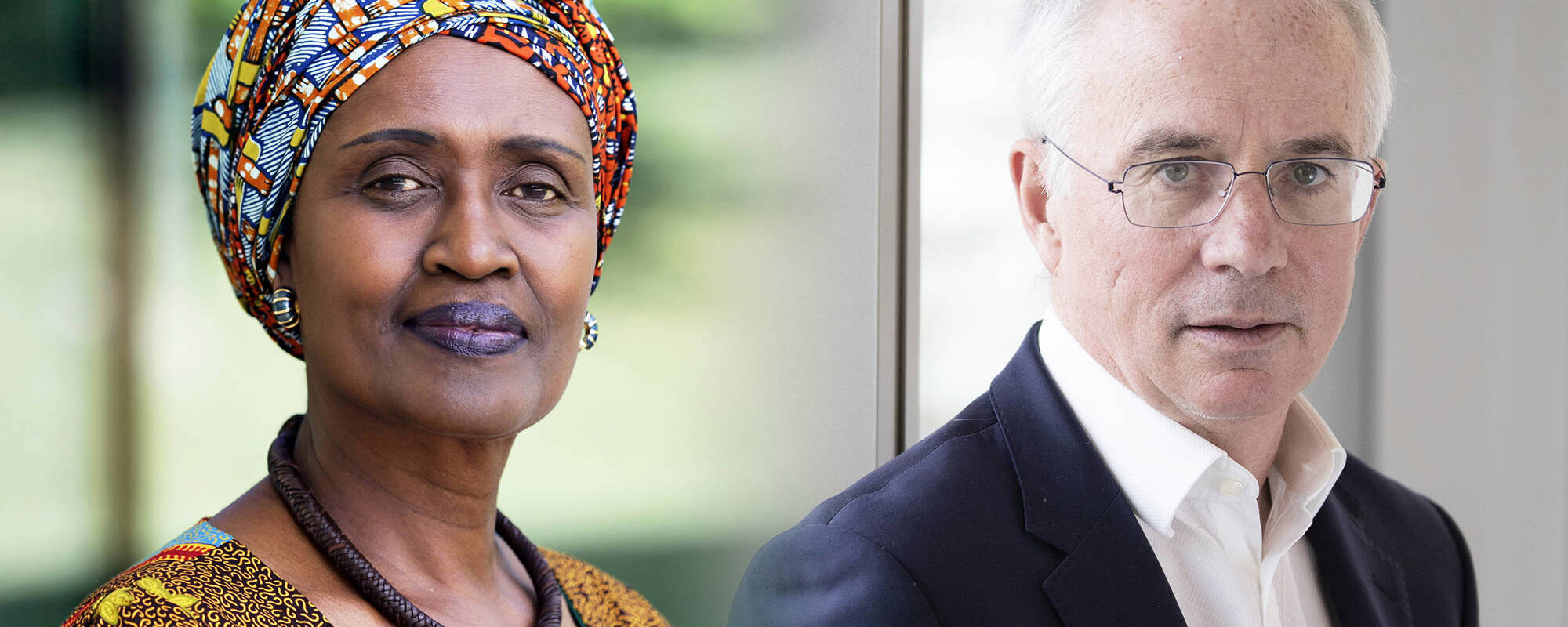

The Best Way to Prepare for the Next Pandemic Is Not What You Think
The fight against HIV needs new impetus. As we feared when COVID-19 first emerged, the pandemic has had a devastating impact on progress against HIV and AIDS. But even before COVID-19, we were behind our targets for reducing new infections and deaths from HIV. Now, we are way off track.
Stark inequities, both within and between countries, continue to fuel HIV and AIDS. Persistent human rights abuses and deep gender inequalities prevent us from advancing toward the goal of ending the virus as a public health threat by 2030. Most of the 1.5 million new infections in 2021 happened among the most marginalized and vulnerable. While the number of people on lifesaving antiretroviral treatment in 2021 – 28.7 million – is a record, it is disturbing that there are still close to 10 million people in the world who are living with HIV but who are not being treated.
On World AIDS Day, we must recommit to extending the HIV response to all those at risk, especially the communities left furthest behind. For example, only half of the children living with HIV get the lifesaving treatment they need That is unacceptable, but it is also unacceptable that thousands of children are still being born with HIV when we know how to prevent this.
Equally unjust is the impact of HIV on adolescent girls and young women. Every two minutes, a young woman acquires HIV. Four decades after HIV first emerged, AIDS remains the leading cause of death of women of reproductive age – this is a deeply disturbing indicator of gender inequity in global health.
We have the tools to provide effective prevention and treatment services to those who need them most, but far too many people are denied access or receive suboptimal services. Think of the many children who do receive antiretroviral treatment but get older drugs that are less effective and have more side effects. Combined with weak support to keep up the treatment, this results in less effective viral suppression. Alongside expanding treatment coverage, we must move faster to transition children to the latest antiretroviral drug regimens, based on dolutegravir. This drug formulation is more effective, cheaper and better tolerated by children.
In addition to ensuring that all those at risk get access to the best medical tools and approaches, we must be even more determined in tackling the human rights barriers, gender inequalities and other inequities that exacerbate the vulnerability of people to HIV.
It's because of this crucial dimension of rights and equality that the fight against HIV and AIDS has always been bigger than just an effort to defeat a particular virus. Since HIV is driven by inequities, defeating it entails making the world better and more inclusive.
In that sense, the fight against HIV is an inspiration and platform for defeating all other infectious diseases – those we face right now, including COVID-19, and those that will likely emerge in the future. As the COVID-19 pandemic evolves from an acute emergency into a longer-term fight against a formidable pathogen, there are many lessons to be learned from our four-decade fight against HIV, not least the fact that pandemics like these usually continue to cause death and disruption in the poorest communities many years after the perceived threat has diminished in richer ones.
Apart from the fact that failing to finish such fights costs millions of lives, it also contributes to the cycle of panic and neglect that has repeatedly characterized our approach to pandemic preparedness. While a pandemic rages, preventing the next one attracts political urgency. But as soon as the immediate threat diminishes, the momentum for investing in stronger preparedness dwindles fast.
The answer is to combine the task of finishing the fight against existing pandemics with preparing for the next one. Investing in the science of fighting pathogens helps combat both existing and potential pathogens, especially because most new infectious disease threats are not entirely new but have their origins in existing diseases. COVID-19, for example, was foreshadowed by SARS and MERS.
By taking such an approach we can protect everyone from the deadliest infectious diseases – those that are killing people now, such as HIV, tuberculosis, malaria and COVID-19 – and those that will inevitably emerge.
In a world where conflicts and climate change are exacerbating the threats from infectious diseases, we cannot slow down. We must work harder and smarter to defeat the deadliest infectious diseases, build resilient and sustainable health systems and leave no one behind.
This is how we will deliver on the dream of truly universal health coverage and fulfill the promise of the Sustainable Development Goals. The fight against HIV and AIDS is the beating heart of this effort.
This op-ed was first published in Le Monde in English.
